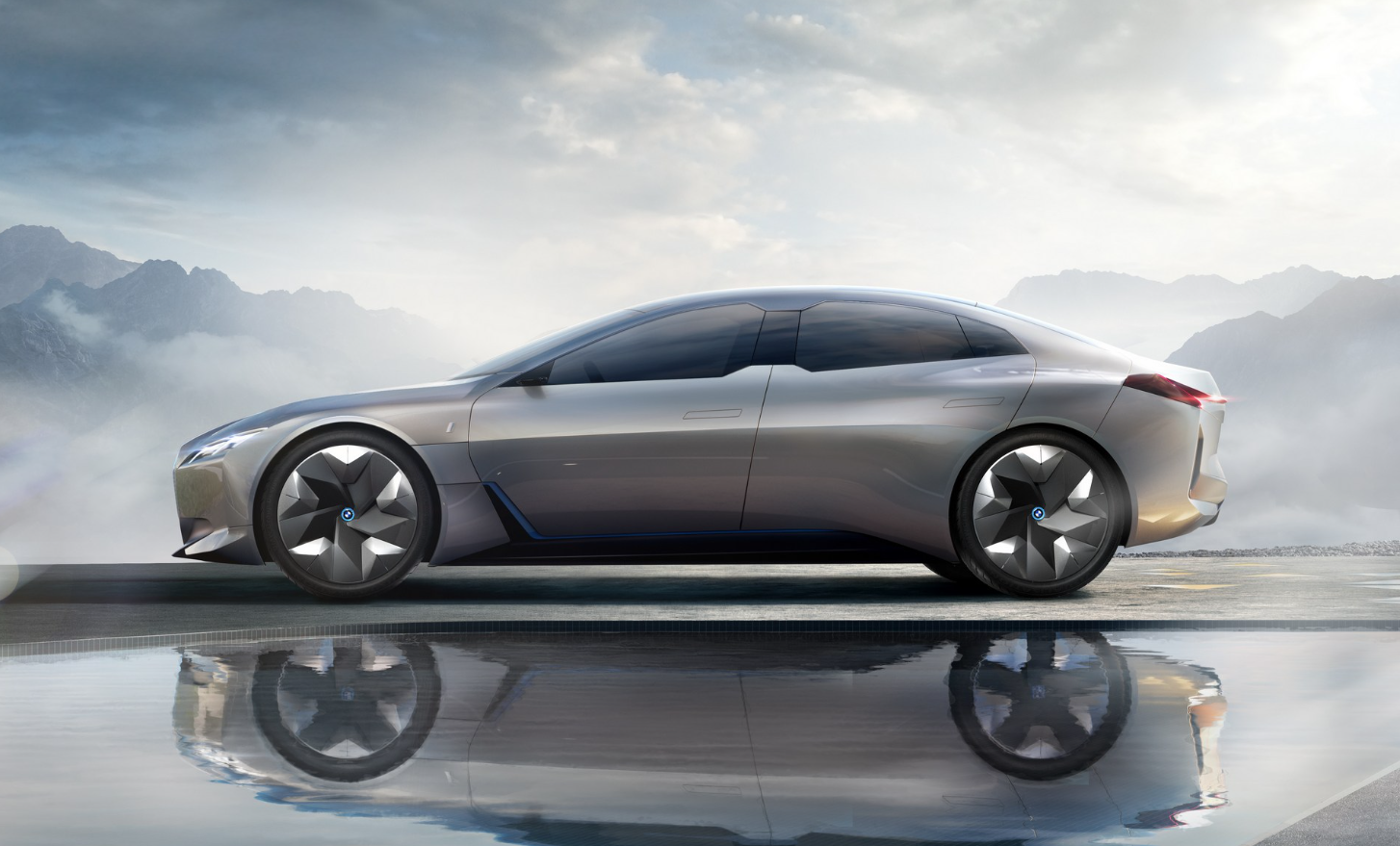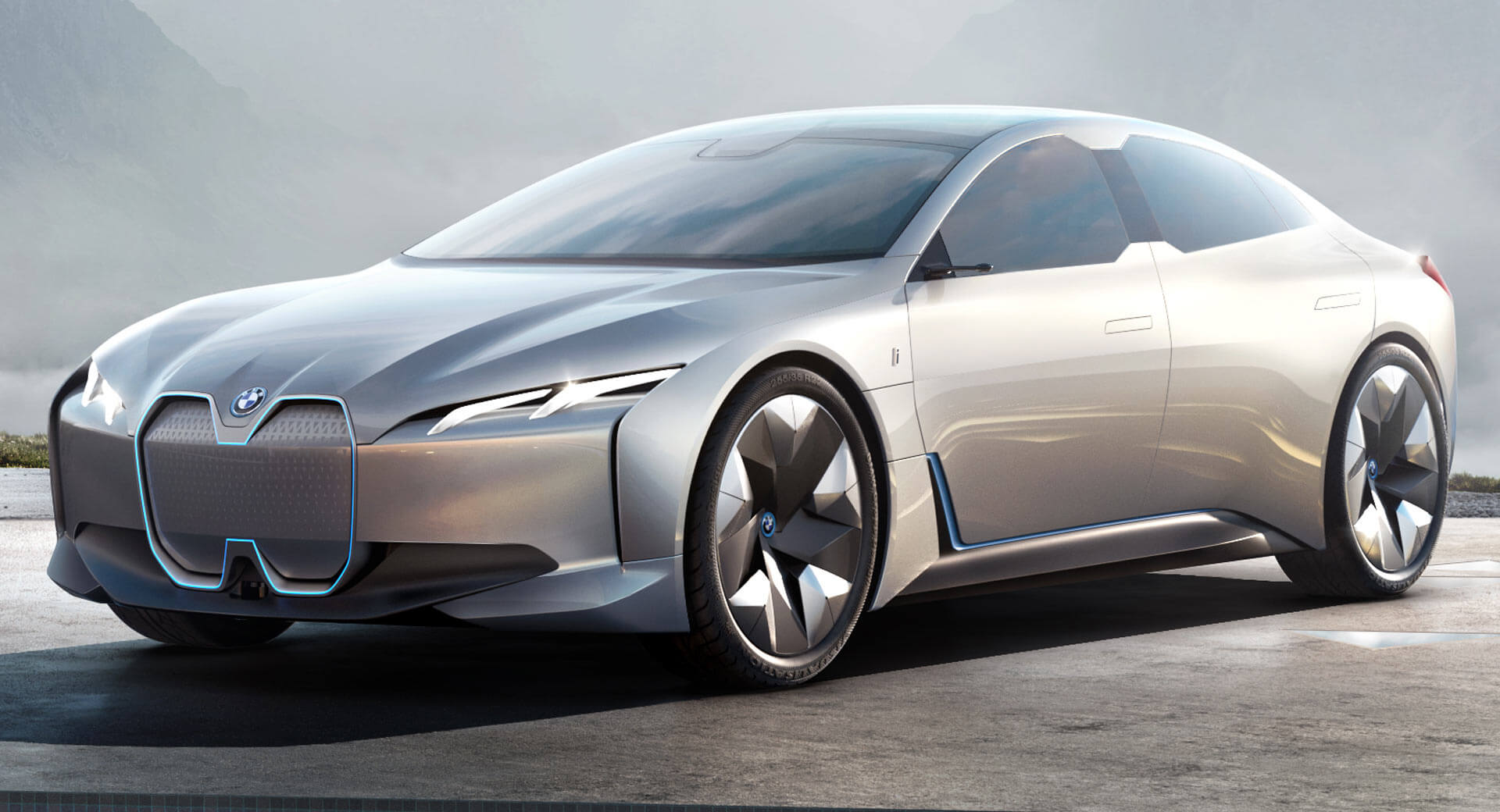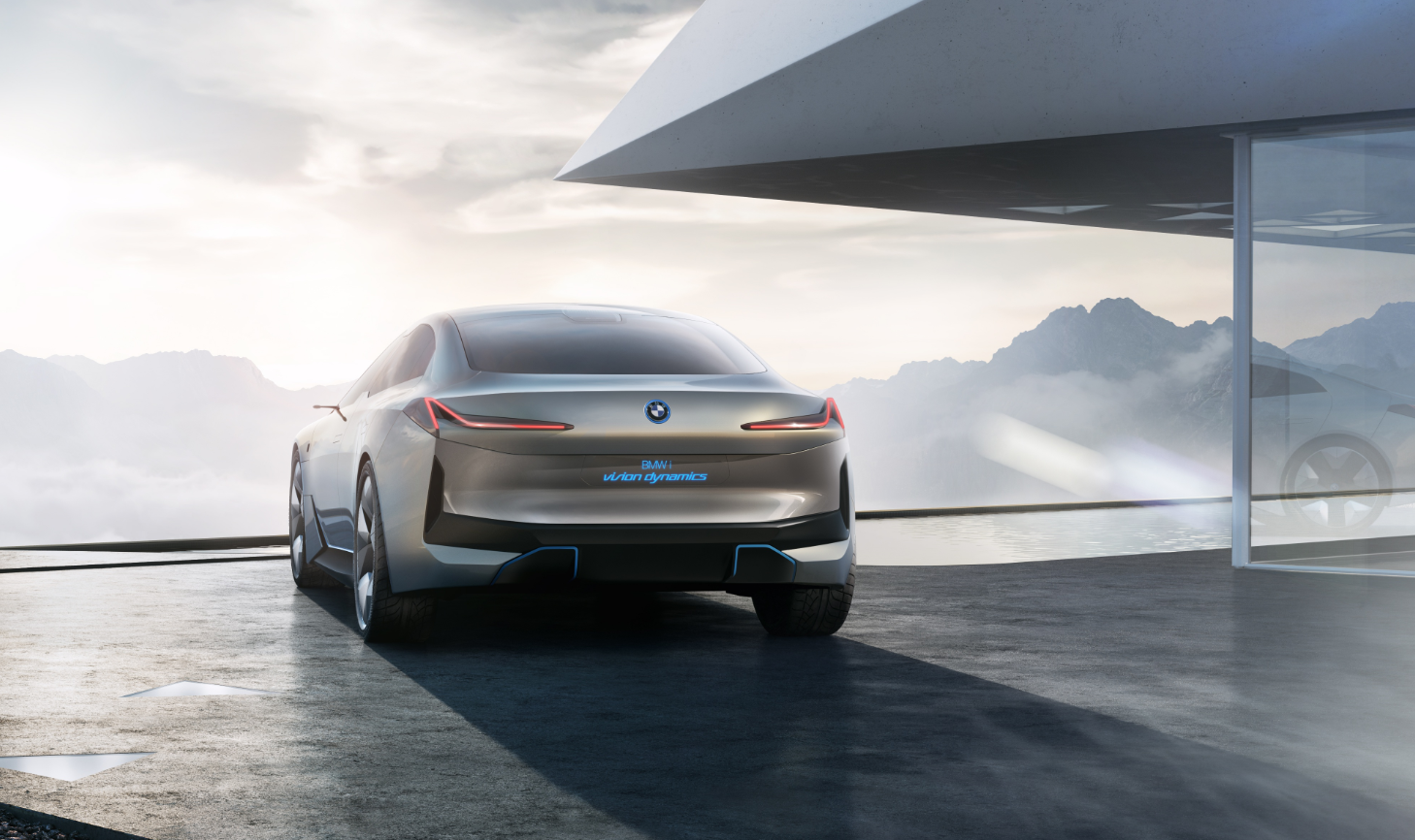
The Weight of Innovation: Unpacking the 2025 BMW i4’s Mass
The BMW i4, a sleek electric sedan aiming to redefine luxury and performance, has captured the attention of automotive enthusiasts worldwide. While its impressive range, power, and futuristic design are widely discussed, a crucial aspect often overlooked is its weight. This article delves into the complexities of the 2025 BMW i4’s weight, exploring its implications for performance, efficiency, and the overall driving experience.
Understanding the Importance of Weight in EVs
In the world of electric vehicles, weight plays a significantly larger role than in their gasoline-powered counterparts. This is due to the inherent characteristics of battery technology:
- Battery Weight: Lithium-ion batteries, the mainstay of EVs, are inherently heavy. While advancements in battery chemistry and density are constantly being made, the weight of the battery pack remains a substantial factor in the overall vehicle mass.
- Efficiency Trade-Off: Every extra kilogram of weight impacts the range and efficiency of an EV. The heavier the vehicle, the more energy is required to propel it, thus reducing the distance it can travel on a single charge.
- Performance Impact: Weight also significantly affects acceleration, handling, and braking performance. A heavier vehicle requires more power to accelerate and takes longer to stop, potentially compromising the sporty driving experience.
The 2025 BMW i4’s Weight: A Balancing Act
The 2025 BMW i4, despite its focus on performance and efficiency, faces the same weight-related challenges. While exact figures are not yet publicly available, we can analyze the factors influencing its weight and draw informed conclusions:
1. Battery Pack: The i4’s battery pack, expected to be around 80 kWh, is a significant contributor to its weight. The exact weight of the battery pack will depend on the specific chemistry and density of the cells used.
2. Electric Drivetrain: The i4’s electric motors and associated components, while more efficient than combustion engines, still add considerable weight. The power output and configuration of the motors will also influence their mass.
3. Lightweight Construction: To mitigate the weight penalty, BMW employs lightweight materials like aluminum and carbon fiber in the i4’s construction. This approach helps to reduce the overall weight without compromising structural integrity.
4. Aerodynamics: The i4’s sleek, aerodynamic design minimizes drag, further contributing to its efficiency. A lower drag coefficient reduces the energy needed to overcome air resistance, indirectly impacting the vehicle’s weight by minimizing the need for heavier components to compensate for drag.
Weight Implications for the 2025 BMW i4:
Performance:
- Acceleration: The i4’s electric motors deliver instant torque, but the weight of the battery pack and other components will influence its acceleration times. While still expected to be impressive, the 0-60 mph sprint might be slightly slower than a lighter, gasoline-powered equivalent.
- Handling: The i4’s weight distribution and low center of gravity, thanks to the battery pack’s placement, should contribute to good handling characteristics. However, the overall weight will still require a well-tuned suspension system to maintain agility and responsiveness.
- Braking: The regenerative braking system in the i4 will help recover energy during deceleration, but the weight of the vehicle will still require powerful brakes to bring it to a stop efficiently.
Efficiency:
- Range: The i4’s battery capacity and efficiency will play a crucial role in its range. The weight of the vehicle will directly impact the energy consumption, potentially reducing the overall range compared to lighter EVs.
- Charging Time: While not directly affected by weight, the charging time will be influenced by the battery capacity. A larger battery, even with advanced charging technologies, will take longer to charge.
Driving Experience:
- Ride Comfort: The i4’s suspension tuning will be crucial in balancing the weight and providing a comfortable ride. A well-engineered suspension can absorb road imperfections and minimize the impact of the vehicle’s weight on the occupants.
- Sound: Electric vehicles are known for their quiet operation. However, the weight of the i4, especially at higher speeds, could potentially contribute to a slight increase in tire noise and wind noise.
Future Trends in Weight Reduction:
The automotive industry is constantly striving to reduce the weight of EVs. Advancements in battery technology, lighter materials, and innovative design solutions will continue to play a significant role in this endeavor. Some promising developments include:
- Solid-State Batteries: Solid-state batteries offer the potential for higher energy density and lower weight compared to traditional lithium-ion batteries.
- Lightweight Materials: Advancements in materials science are leading to the development of stronger, lighter materials like carbon fiber composites, magnesium alloys, and advanced aluminum alloys.
- Optimized Design: By employing sophisticated computer simulations and design optimization techniques, manufacturers can minimize the weight of components while maintaining structural integrity.
Conclusion:
The 2025 BMW i4’s weight, while a crucial factor in its performance, efficiency, and driving experience, is not necessarily a negative aspect. BMW’s expertise in engineering and their commitment to innovation will likely result in a well-balanced vehicle that prioritizes both performance and efficiency. The weight of the i4 will be a product of the careful consideration of numerous factors, including battery technology, drivetrain configuration, and overall design. As the automotive industry continues to evolve, we can expect further advancements in weight reduction technologies, ultimately leading to even more impressive EVs like the BMW i4.
Beyond the Numbers:
While this article focused on the technical aspects of the 2025 BMW i4’s weight, it is important to acknowledge the broader context. The weight of an electric vehicle is not just a technical specification; it represents a complex interplay of factors that influence its environmental impact, affordability, and overall appeal.
The pursuit of lightweight EVs is not only about maximizing performance and efficiency but also about minimizing the environmental footprint of transportation. Lighter vehicles require less energy to produce and operate, reducing carbon emissions and promoting sustainable mobility.
Furthermore, weight reduction is a critical factor in making EVs more affordable. A lighter vehicle often translates to lower production costs, potentially making electric vehicles more accessible to a wider range of consumers.
Ultimately, the 2025 BMW i4’s weight will be a testament to the ongoing evolution of the automotive industry. It will represent a culmination of technological advancements, engineering expertise, and a commitment to creating a sustainable future for transportation.







